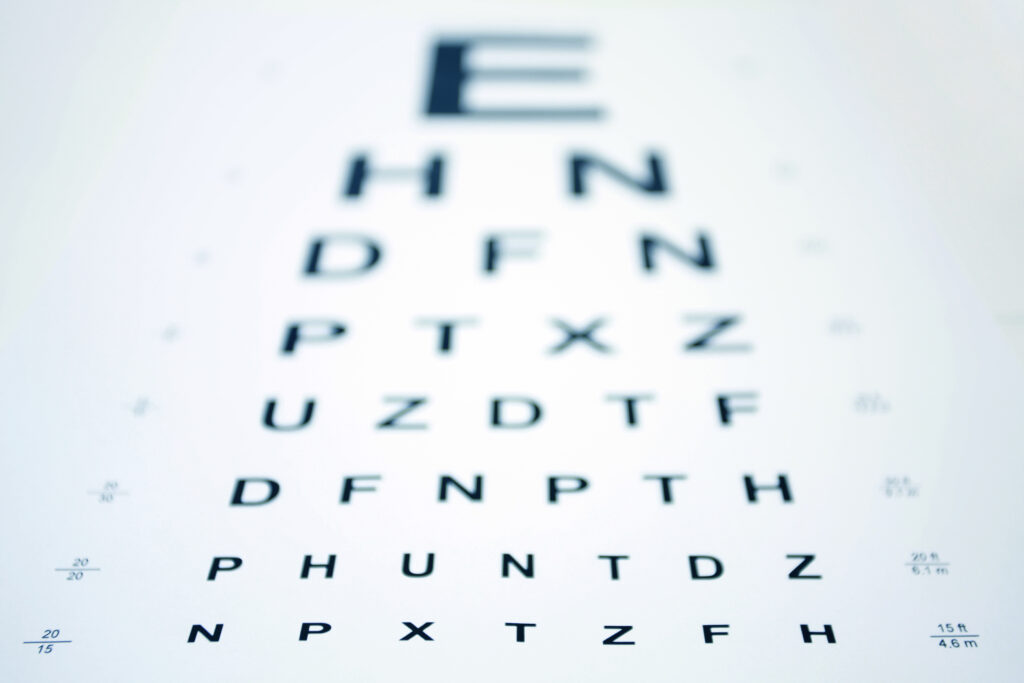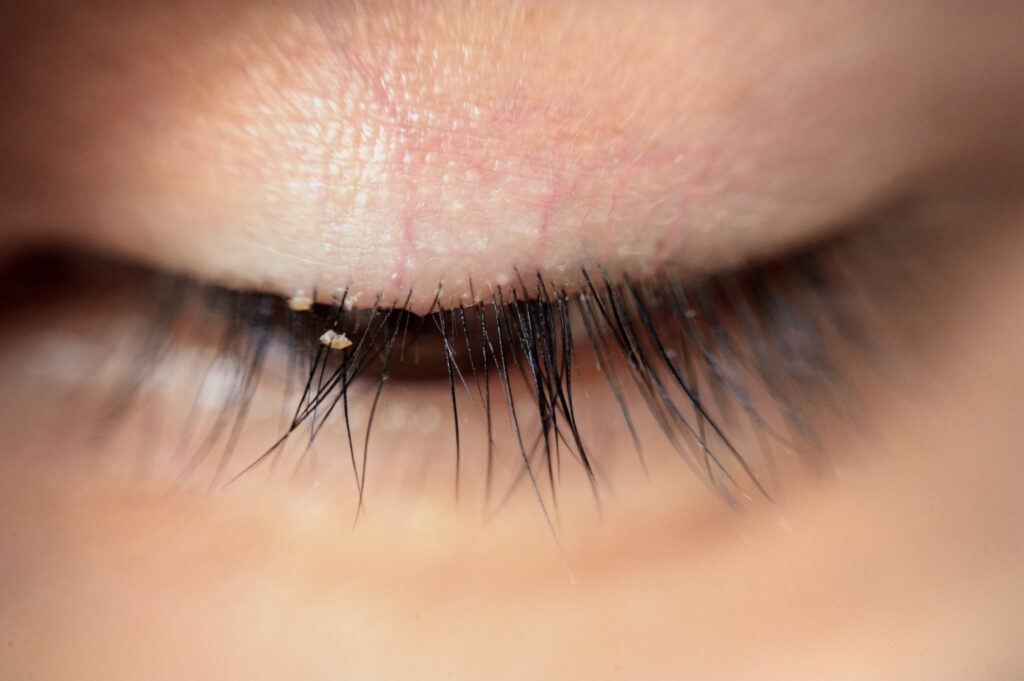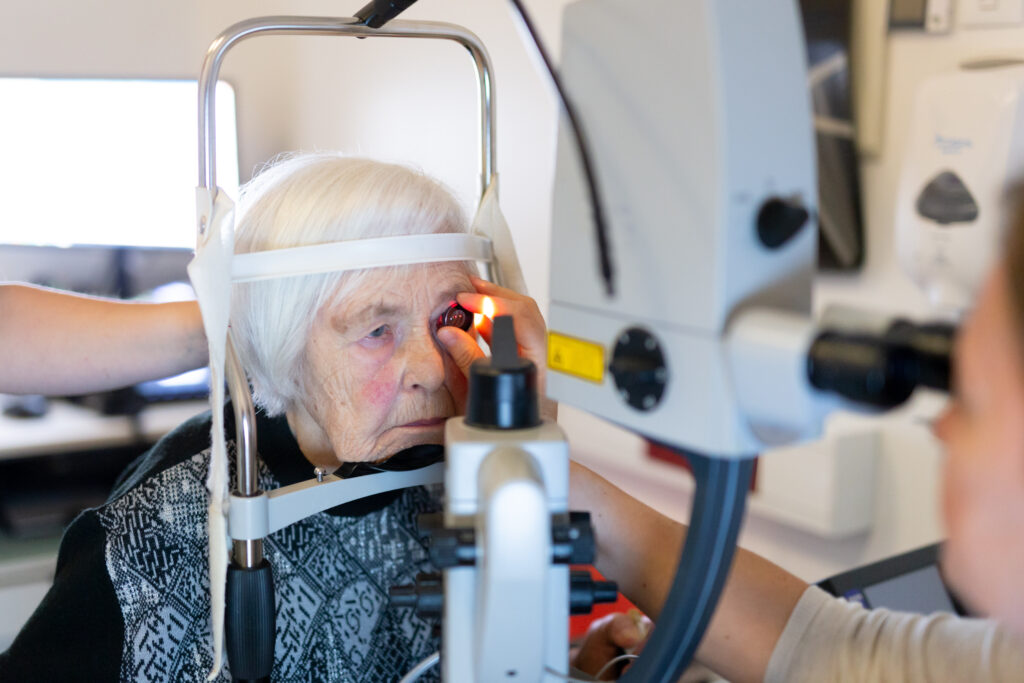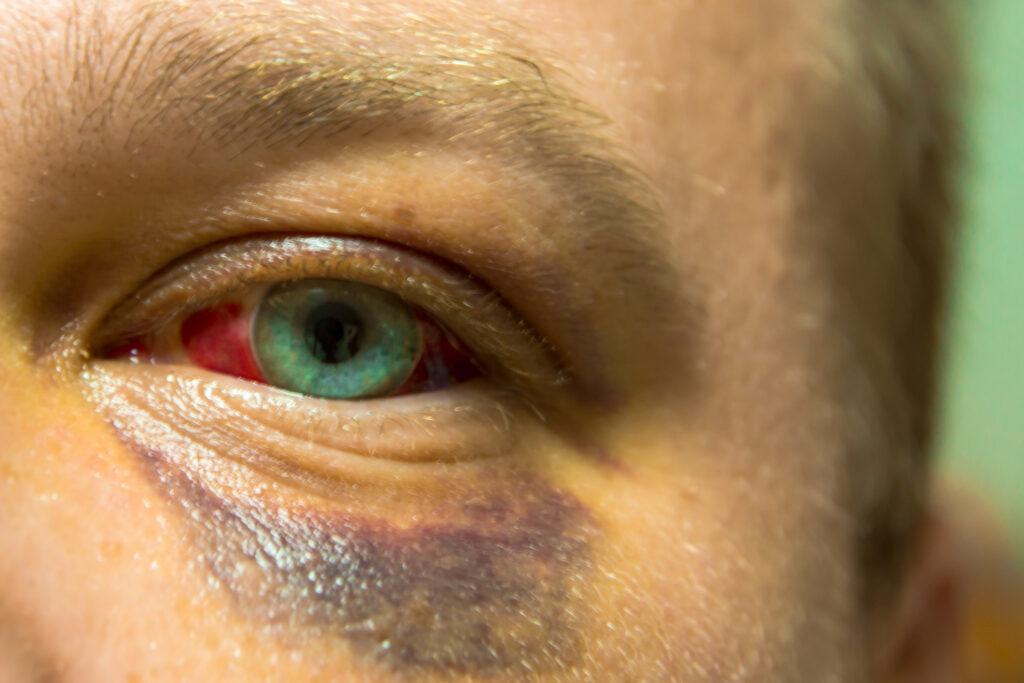Sign up for OM 2024 Registration
Amplify your optometry school experience and see what it means to get involved in our profession as the annual AOSA/AOA conference, Optometry’s Meeting, comes to the Music City, June 19-22, 2024. Optometry’s Meeting provides students a four-day, immersive experience in career development, clinical and practice management skill building, professional networking and advocacy alongside optometry’s leaders. …










